Editors’ Picks





Found in Robotics Companies & Businesses, with a score of 22.22
The mission of MIT is to advance knowledge and educate students in science, technology and other areas of scholarship that will best serve the nation and the world in the 21st century — whether the focus is cancer, energy, economics or literature.

Found in Robotics Companies & Businesses, with a score of 10.10
nuTonomy is the leading developer of state-of-the-art software for self-driving vehicles founded by two world-renowned experts in robotics and intelligent vehicle technology, Drs. Karl Iagnemma and Emilio Frazzoli of MIT. nuTonomy is developing the first-of-its-kind complete solution for providing point-to-point mobility via large fleets of autonomous vehicles; this includes software for autonomous vehicle navigation in urban environments, smartphone-based ride hailing, fleet routing and management, and controlling a vehicle remotely through teleoperation. The company’s software has been tested in the U.S., Singapore, and Europe.

Found in Robotics News & Content, with a score of 4.46
…is live and registration opens on 22 February. Visit routingchallenge.mit.edu Amazon is providing the training data for the models and will be evaluating submissions, with technical support from MIT CTL scientists. MIT CTL will publish and promote technical papers about the top-performing models. The winners’ prizes are $100,000 for first place, $50,000 for second, and $25,000 for third. Top-performing teams may be interviewed by Amazon for research positions in the Last Mile organization and be invited to present their work at MIT CTL The historical data provided by Amazon will include approximate delivery locations, package dimensions, and travel times and…
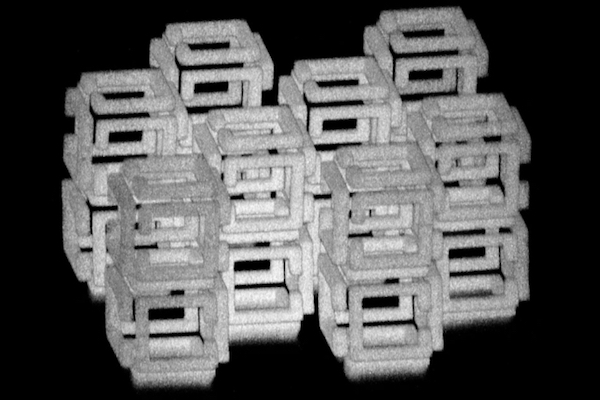
Found in Robotics News & Content, with a score of 4.36
…get once you move into nanoscale territory. Researchers at MIT appear to have found a way around this problem by printing small objects and then shrinking them to even tinier sizes after the fact. 3D Print with Nanoscale Precision Using a technique called implosion fabrication, researcher Ed Boyden and his team have been able to print complex shapes and structures at very tiny sizes. “It’s a way of putting nearly any kind of material into a 3-D pattern with nanoscale precision,” said Boyden, the Y. Eva Tan Professor in Neurotechnology and an associate professor of biological engineering and of brain…
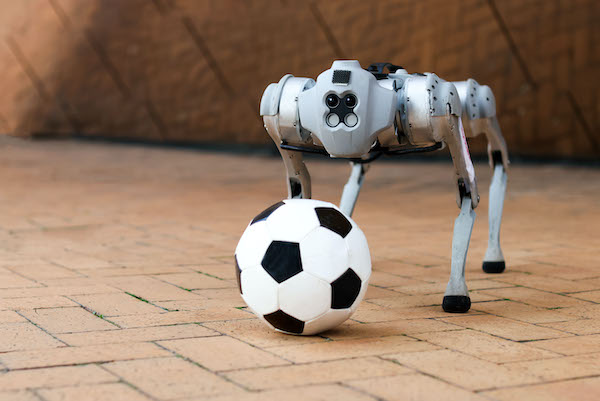
Found in Robotics News & Content, with a score of 4.07
…opponent dribbling with determination would feel familiar, according to MIT researchers, who have developed a new quadruped system. While a human-robot soccer game is not a common occurrence, nor is it close to a well-matched adversary to Lionel Messi, the dribbling system is impressive in the wild, noted the Massachusetts Institute of Technology. Researchers at MIT's Improbable Artificial Intelligence Lab, part of its Computer Science and Artificial Intelligence Laboratory (CSAIL), have developed a legged robot that can dribble a soccer ball under the same conditions as humans. The robot used a mixture of onboard sensing and computing to traverse different…

Found in Robotics News & Content, with a score of 4.05
MIT has long been a source of important 3D printing research and advancements, with scientists there working on everything from printing in glass to developing new 3D printheads. MIT also offers well-regarded coursework for students and professionals related to additive manufacturing. Last year, MIT announced it was forming a new industry consortium to focus on additive manufacturing—the Center for Additive and Digital Advanced Production Technologies (ADAPT)—to focus on expanding the use of AM in industry through new research, education platforms, and more academic-industry partnerships. According to ADAPT’s program manager, Haden Quinlan, the idea for the consortium was first floated back…
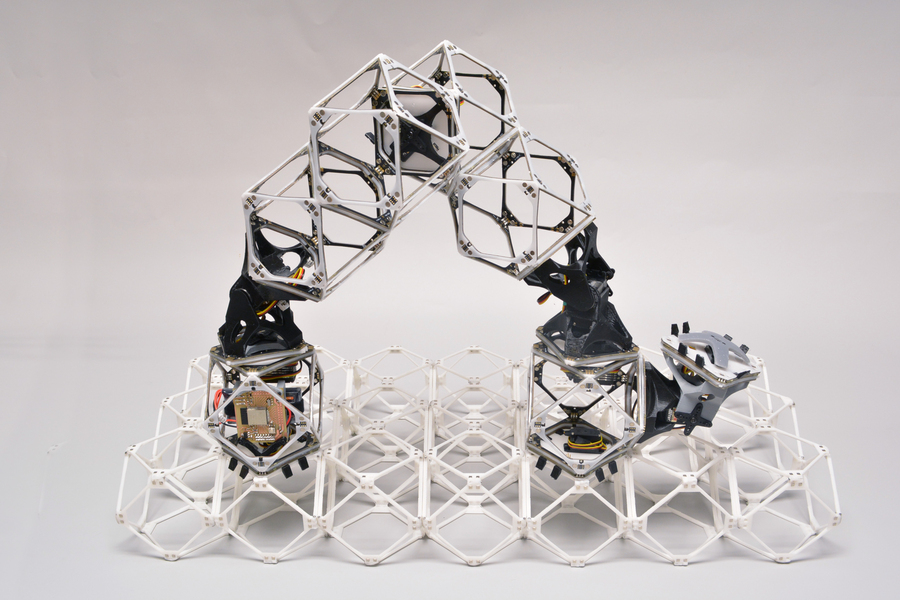
Found in Robotics News & Content, with a score of 3.94
…modular robotics work? In November 2022, researchers at the MIT Center for Bits and Atoms published a paper detailing their breakthrough modular robotics system. The project is ongoing but already shows incredible potential for many applications. Modular robotics uses a set of core parts to assemble robots, which can easily swap out and add to one another. MIT’s project takes things a step further by enabling the robot to be self-building. It can autonomously assemble structures like a wall or bridge, as well as bigger versions of itself. The robot uses five modular components — a “voxel” face, a control…
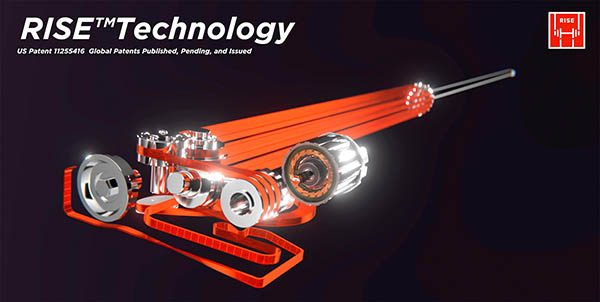
Found in Robotics News & Content, with a score of 3.92
…the use of hydraulic oil.” RISE was formed by MIT and RISD graduates RISE Robotics was founded in 2011 by a group of graduates from the Massachusetts Institute of Technology (MIT), the Rhode Island School of Design. It receives funding from The Engine, a VC firm that was developed by MIT, Greentown Labs, and Techstars. The company said it is building zero-emission machinery. The company has dozens of pending, issued or granted patents worldwide. In May of this year, the company was awarded a $1.25 million contract with the U.S. government to design machinery for the U.S. Air Force. The…
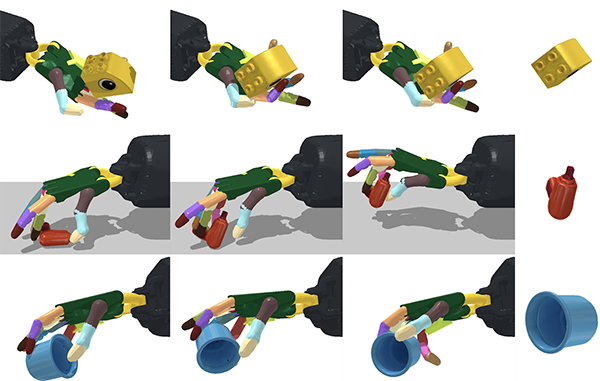
Found in Robotics News & Content, with a score of 3.84
…get machines to replicate human abilities, scientists at the MIT’s Computer Science and Artificial Intelligence Laboratory (MIT CSAIL) created a framework that’s more scaled up. They built system that can reorient over 2,000 different objects, with the robotic hand facing both upwards and downwards. This ability to manipulate anything from a cup to a tuna can or a Cheez-It box could help the hand quickly pick and place objects in specific ways and locations—and even generalize to unseen objects. Greater dexterity has industrial implications Deft “handiwork”—which is usually limited by single tasks and upright positions—could be an asset in speeding…
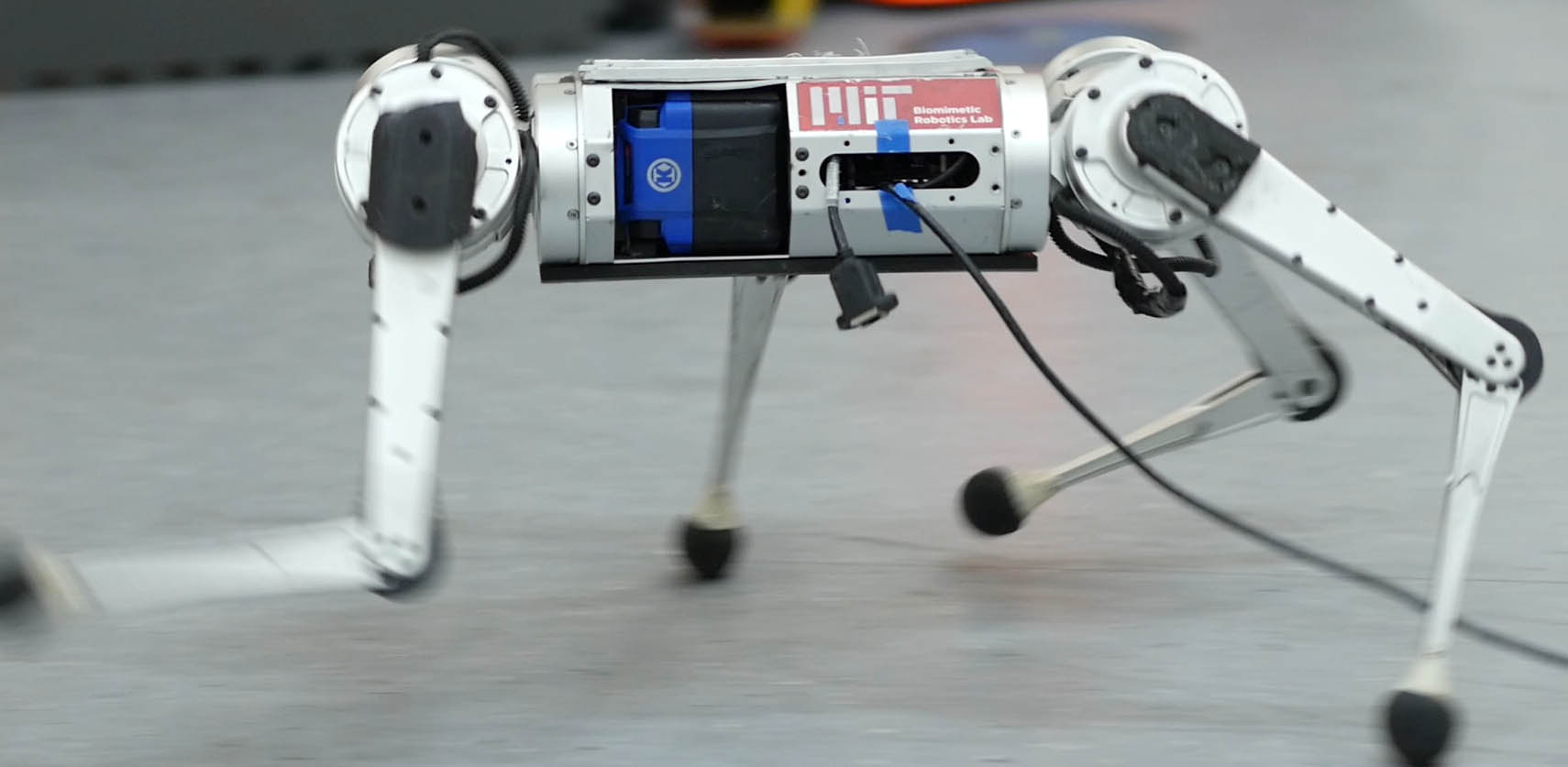
Found in Robotics News & Content, with a score of 3.75
Researchers at MIT's Improbable AI Lab and the Institute of AI and Fundamental Interactions have been working on ways to improve a robotic mini-cheetah's strides. Their model-free reinforcement learning system helped the legged robot break the record for the fastest run recorded. The mini-cheetah has an indoor sprint of 3.9 meters per second (8.7 miles per hour), an outdoor 10-meter dash of 3.4 m/s (7.6 mph), and an indoor spin of 5.7 radians per second, according to the project's website. MIT News spoke to Gabriel Margolis, a Ph.D. student at MIT Computer Science and Artificial Intelligence Laboratory (CSAIL), and Ge…

Found in Robotics News & Content, with a score of 3.25
…different things, even without the design element. Scientists at MIT’s Computer Science and Artificial Intelligence Laboratory (CSAIL), aimed to fill the gap by designing “Evolution Gym,” a large-scale testing system for co-optimizing the design and control of soft robots, taking inspiration from nature and evolutionary processes. Simulations soft robots learn on their own The robots in the simulator look a little bit like squishy, moveable Tetris pieces made up of soft, rigid, and actuator “cells” on a grid, put to the tasks of walking, climbing, manipulating objects, shape-shifting, and navigating dense terrain. To test the robot’s aptitude, the team developed…

Found in Robotics News & Content, with a score of 3.05
…formed a partnership with the Massachusetts Institute of Technology (MIT) Industrial Liaison Program (ILP), and last week it announced it has added Aris Kekedjian to its Board of Directors. XPO said it is the first global logistics company to collaborate with the MIT ILP, an organization that matches up what XPO called MIT ILP’s world-class resources with industry-leading corporations to solve global business challenges. “We’re excited to explore the latest developments in technology with the MIT ILP,” said Mario Harik, chief information officer of XPO Logistics, in a statement. “This is an opportunity for us to realize new levels of…



